Oggi vorrei portarvi in un piccolo tour della chiesa di S. Giovanni in Laterano a Roma. Sapevate che questa chiesa è la sede ufficiale del Vescovo di Roma – il Papa. Infatti è la chiesa più antica del mondo! Come cattedrale del Vescovo di Roma, si colloca al di sopra di tutte le altre chiese delle Chiesa cattolica, tra cui la Basilica di San Pietro. È ufficialmente conosciuta come la “madre di tutte le chiese”…non sto scherzando! Davvero! In latino è conosciuta come “Omnium ecclesiarum mater”.
Today I’m going to take you on a little tour of the church S. Giovanni in Laterano in Rome. Did you know that this church is the official ecclesiastical seat of the Bishop of Rome – the Pope? In fact, it is the oldest church in the world! As the cathedral of the Bishop of Rome, it ranks above all other churches in the Catholic Church, including St. Peter’s Basilica. It is officially known as the “Mother of all Churches”…I kid you not! Truly it is! In Latin is known as “Omnium ecclesiarum mater”.
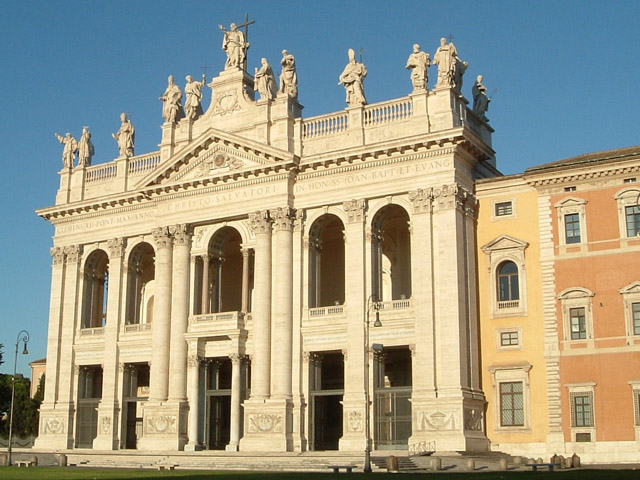
Perché ho vissuto proprio dietro l’angolo di questa chiesa durante un recente soggiorno a Roma, sono diventata molto affezionata di questa chiesa. Ho visitato la basilica spesso e ogni giorno l’ho visto, facendo il pendolare a scuola in autobus. Ho avuto un’esperienza buffa in questa chiesa. Il primo giorno che sono arrivata a Roma, sono andata a visitare la chiesa. L’interno della basilica era fresco e delizioso.
Approfittando della tregua del caldo estate mi sono seduta su una sedia nel transetto principale e ho cominciato a scattare foto dalla mia posizione di riposo. Per aiutare a raffreddare me stessa, ho tirato la mia gonna (che va fino alla pavimento )- alle mie ginnocchie – sinceramente non in un modo indecente. Una guarda anziana mi guardò dall’altra parte della chiesa e poi si avvicinò a me. Ho pensato che stesse per riprovarmi per scattare foto, ma invece lui mi diceva di fare una bella figura e tira giù la gonna!
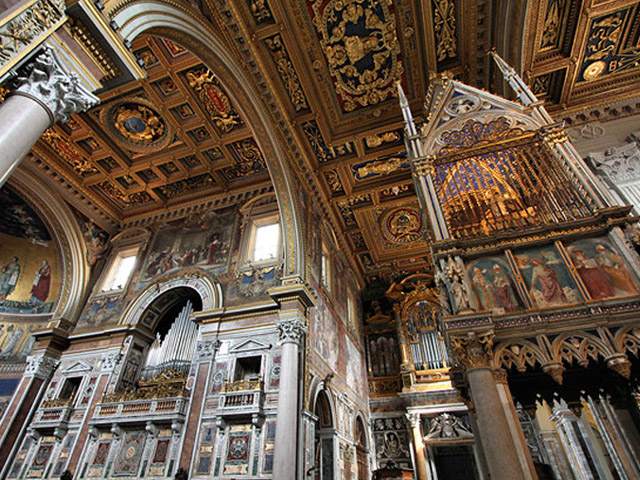
Because I lived just around the corner from this church during a recent stay in Rome I have become quite fond of this church. I visited the basilica frequently and every day I passed by it, as I commuted to school by bus. I had a funny incident happen to me inside this church. The first day I arrived in Rome I went to visit the church. The interior of the basilica was cool and delightful.
Taking a bit of respite from the hot summer sun, I sat down in a chair in the main transept and began taking pictures from my seated position. To help cool myself, I pulled up my floor-length skirt – not in an indecent way mind you – to just below my knees. An elderly guard eyed me across the church and then approached me. I thought he was going to chastise me for taking photos, but instead, he wanted me to be more ladylike and pull down my skirt!
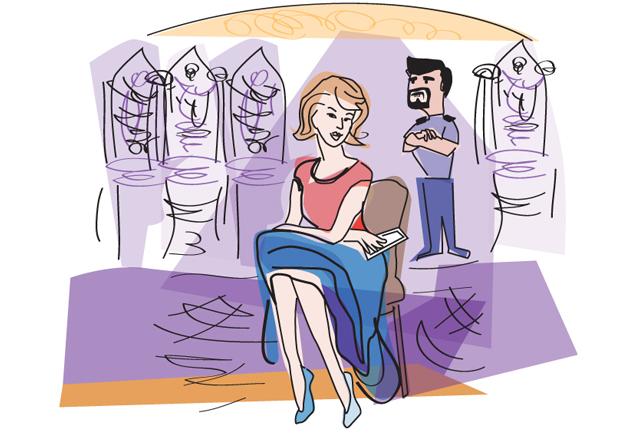
Visitare questa chiesa è una splendida esperienza. La chiesa è immensa ed è piena, da cima a fondo, di marmi e pietre lavorate, statue, soffitti intarsiati d’oro e sculture elaborate. Questa chiesa contiene volumi e volumi di storia antecedente anche la cristianità. Nel corso degli anni, innumerevoli artisti e architetti, imperatori e papi hanno curato i cambiamenti artistici degli interni e esterni di questa struttura.
Taking a walk through the church is truly an awesome experience. The church is immense and from top to bottom it is filled with ornate marble and stonework, statues, gold inlay ceilings, and intricate carvings. This church contains volumes and volumes of history going back to the day before Christianity. Over the years, countless artists and architects, emperors, and Popes have overseen changes to the interior and exterior of this structure.
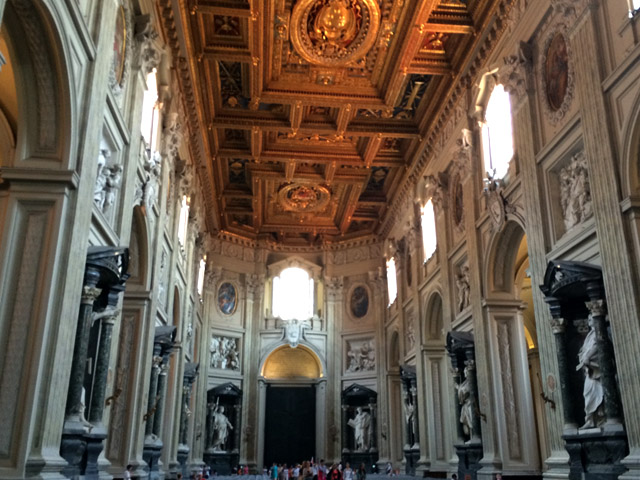
La basilica originaria è stata costruita sopra i resti di un forte della cavalleria imperiale romana, che fu commissionato da Septimius Severus nel 193 dopo Cristo. Un palazzo fu poi costruito sul sito dopo che Costantino legalizzo’ il cristianesimo. Questo palazzo apparteneva alla famiglia dei Laterani – e da qui il nome della basilica. Successivamente il palazzo passò nelle mani dell’imperatore Costantino, e divenne la residenza del papa S. Silvestro e la prima sede dei Papi cristiani. Ma la chiesa fu distrutta da terremoti e diversi incendi e fu abbandonata quando i papi lasciarono Roma per vivere ad Avignone nel mille tre cento 1300. Dopo il ritorno di Papa Gregorio XI undecisimo a Roma nel mille trecento settantasette1377, il palazzo del Vaticano è stato scelto come nuova residenza papale e questo fu la svolta decisiva nella del palazzo Laterano.
The original basilica of the church stands over the Roman imperial cavalry fort that was established by Septimius Severus in AD 193. A palace was later built over the site after Constantine the 1st defeated Maxentius. The palace belonged to the Laterani family. Later the palace fell in the hands of Emperor Constantine 1st, who eventually founded the first church. The church became the residence of Pope St. Silvester and the first seat of the Christian Popes. But, the church has taken many knocks and was destroyed by earthquakes and several fires, and was abandoned when the popes left Rome to set up residency in Avignon in the 1300s. After the return of Pope Gregory Xi to Rome in 1377, the Vatican palace was chosen as the papal residence and this proved the death-knell of the old Lateran Palace as the seat of the popes.
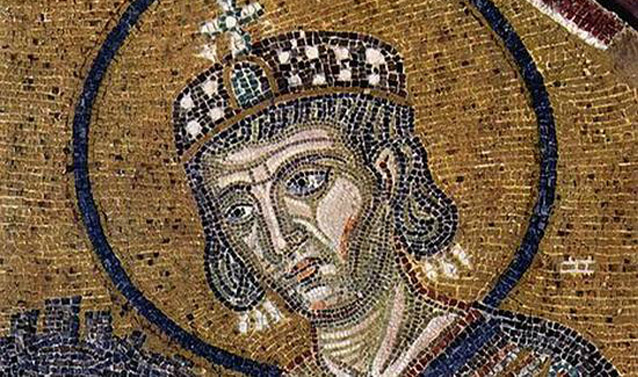
Nel corso degli anni la chiesa è stata ristrutturata e abbellita. Anche Giotto dipinse un affresco per questa chiesa, ma ne rimane solo un frammento. Nel sedicesimo secolo, per celebrare il Giubileo romano, Borromini modificò l’antica basilica, dandogli l’aspetto barocco attuale. Sono stati mantenuti soltanto il soffitto dorato e il pavimento cosmatesco.
Over the years the church has been remodeled and embellished. Giotto even painted a fresco for the church of which only a small fragment remains. In the sixteenth century to celebrate the Roman Jubilee, Borromini’s restoration modified the ancient basilica, giving it its present Baroque appearance. Only the gilded ceiling and the Cosmatesque floor were kept.
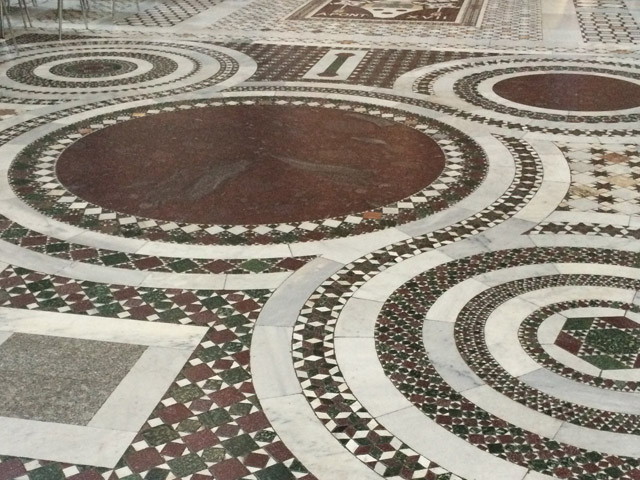
Una particolarità della chiesa è che nella sua piazza si trova uno dei più grandi obelischi del mondo. Pesa circa quarto cento cinquanta cinque 455 tonnellate. Fu commissionato dal faraone egiziano Thutmose III ed fu posto di fronte al tempio di Tebe in Egitto. L’imperatore Costantino volle spedirlo a Costantinopoli, ma morì e suo figlio l’imperatore Costantino II accidentalmente lo spedì invece a Roma, dove fu eretto nel Circo Massimo nel 357 dopo Cristo.
Rimase lì fino a quando non cadde in seguito a un terremoto in data sconosciuta. Nel 1587 Papa Sisto V fu informato della sua esistenza e del fatto che si trovava, spezzato in tre parti, sette metri sotto la superficie di alcuni orti. Il Papa restaurò l’obelisco e lo fece erigere nella sua posizione attuale il 3 agosto 1588. Immaginate il lavoro richiesto per trascinare quel monumento intorno al mondo…e per Roma!
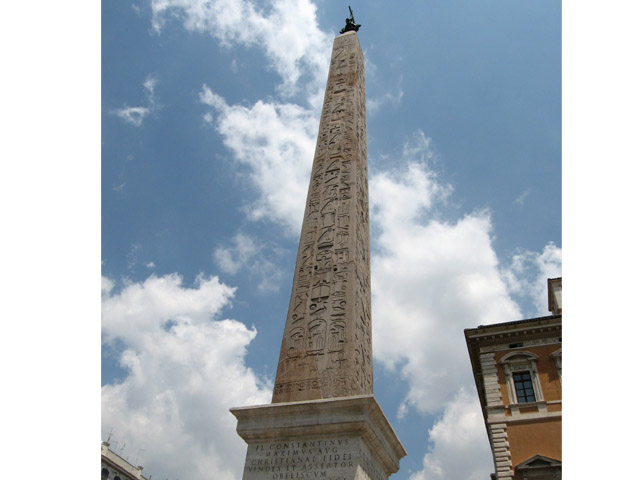
Notably in the square in front of the Lateran Palace stands one of the largest standing obelisks in the world, known as the Lateran Obelisk. It weighs an estimated 455 tons. It was commissioned by the Egyptian Pharaoh Thutmose III and placed in front of the temple of Thebes in Egypt. Emperor Constantine 1st wanted to ship it to Constantinople, but he died and his son, Emperor Constantine II accidentally shipped it instead to Rome, where it was erected in the Circus Maximus in AD 357.
There it stood until it was toppled by an earthquake on an unknown date. Pope Sixtus V was told of its documented existence, and it was found in 1587 seven meters below the surface of the vegetable gardens that the Circus had become, broken in three pieces. The pope had the obelisk restore and erected on its present location on 3 August 1588. Just imagine the work involved to drag that monument around the globe…to say nothing of moving it across Rome!
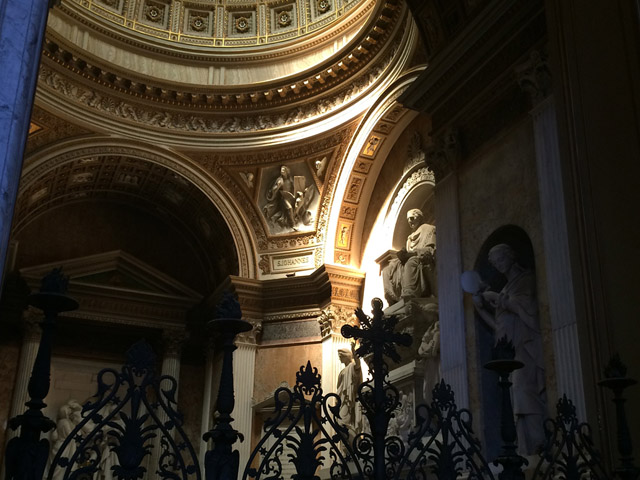
Quindi la prossima volta che siete a Roma, prendetevi un momento per vedere l’obelisco e per visitare la basilica di S. Giovanni in Laterano: ammirate questa chiesa incredible, la cui arte e storia pervade questo spazio in modo sorprendente. Ne vale la pena!.
So next time you are in Rome, walk around the exterior of S. Giovanni in Laterano to view the obelisk…then take a peek inside this incredible church and soak up the art and history that pervade this amazing space. It is worth it!


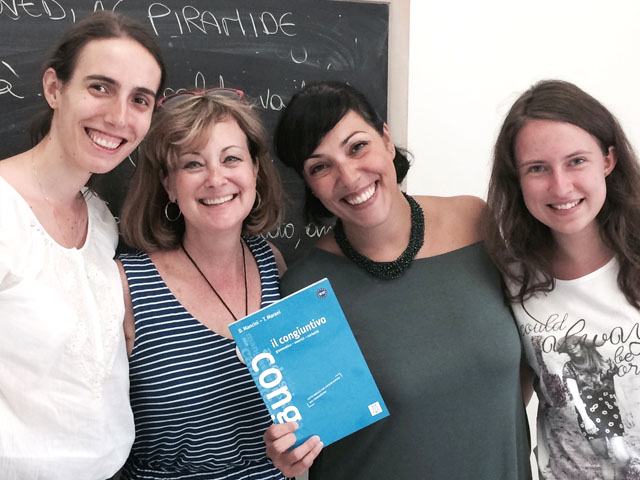
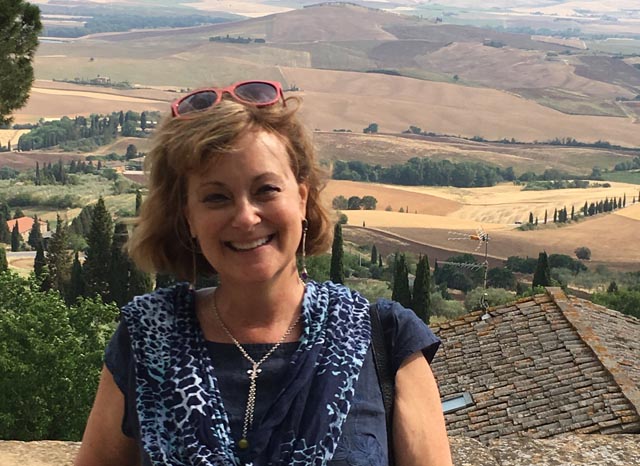

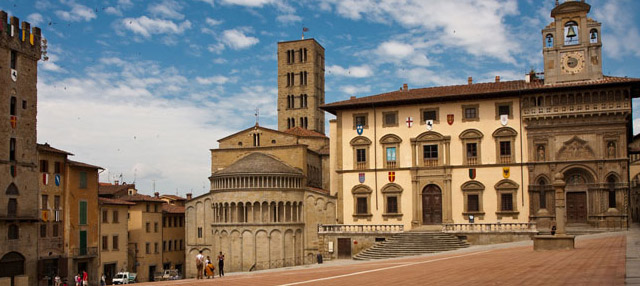





bellisima chiesa di S. Giovanni, proxima volta a Roma trovero un giorno per visitare la basilica…..
Molto Bella e piena di storia..
raisa prata
Un posto belissimo Melissa. Ci sono stato due anni fa con alcuni colleghi.
They also hold wonderful concerts/recitals here throughout the year here….
Also, very near are the Scala Sancta, the stairs allegedly leading up to the praetorian of Pontius Pilate in Jerusalem. Brought to Rome in the 4th Century.
Ciao Dennis! Hai ragione! Just across the street from S. Giovanni in Laterano is the Scala Sancta. Did you visit this monument?